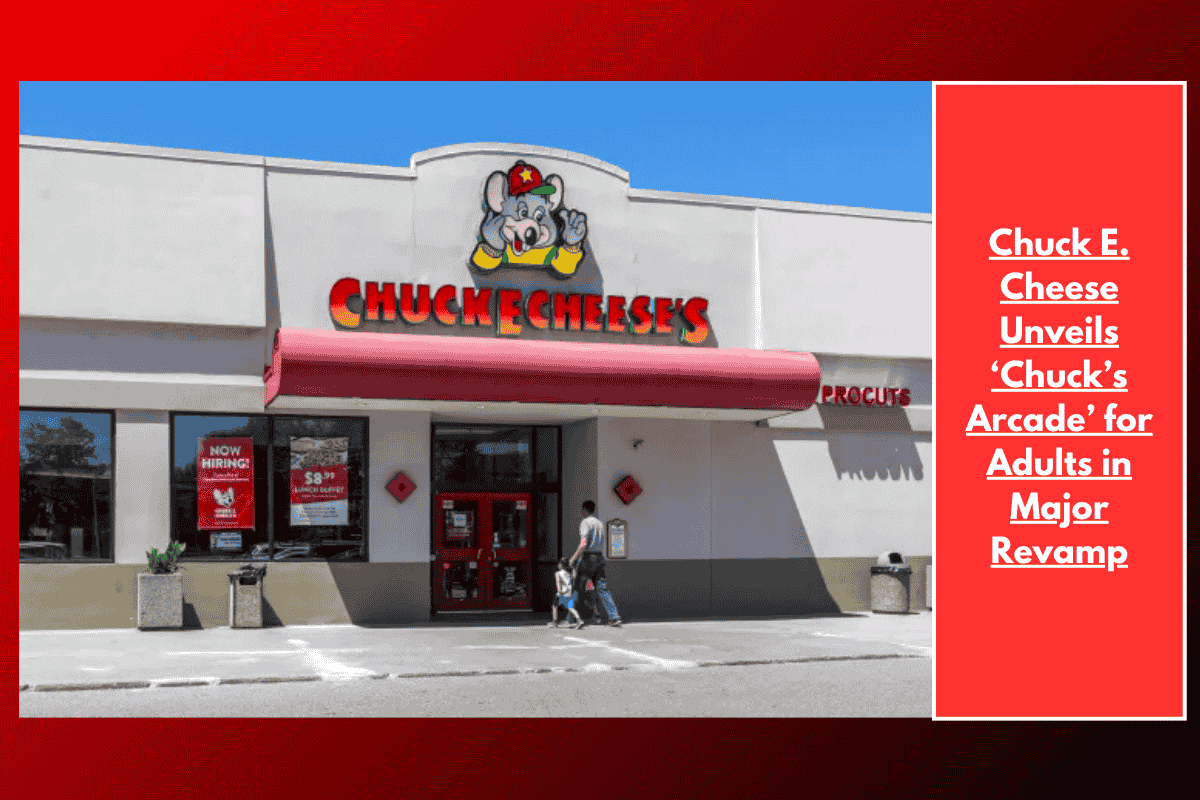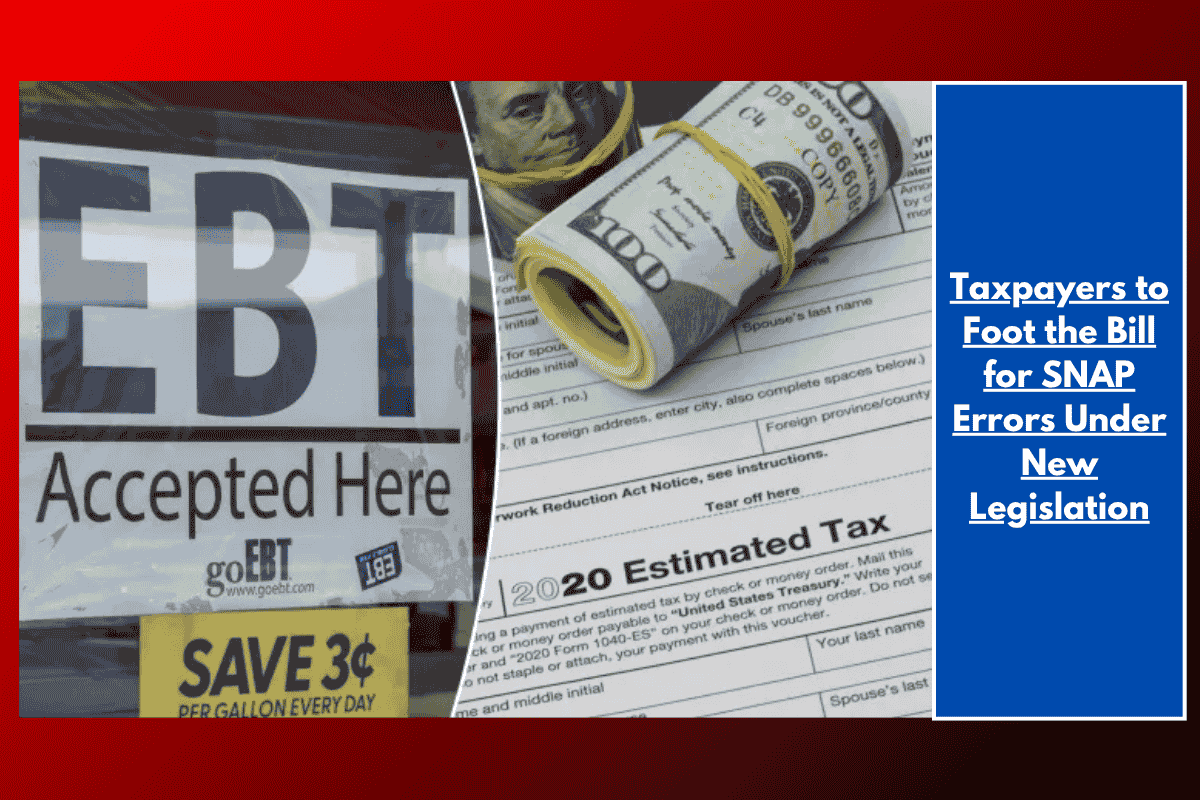Starbucks, known for its global coffee empire, has announced sweeping renovations to 1,000 of its stores, aiming to recapture the cozy and inviting atmosphere that customers have been craving. After several years of turning its cafes into quick-service hubs and removing comfortable seating to cater to mobile orders, Starbucks is bringing back the classic “coffeehouse of the future,” focusing on a more welcoming, comfortable space.
The Shift Back to Comfortable Seating and a New Atmosphere
In recent years, Starbucks made in-store changes that customers didn’t love, such as removing around 30,000 comfy chairs, adding hard wooden stools, blocking electrical outlets, and transforming many stores into pick-up counters for mobile orders. These shifts led many loyal customers to seek alternatives, such as local coffee shops or brewing their coffee at home.
Now, the company is making a significant push to win back these customers by refurbishing 1,000 stores with new seating arrangements, power outlets, and a better overall experience. Each remodeled store will have a unique look with fresh lighting, improved acoustics, and various types of seating to cater to different customer needs, whether they’re working on a laptop, attending a meeting, or just reading a book.
The ‘Coffeehouse of the Future’
Starbucks’ Chief Operating Officer, Mike Grams, told CNN, “It’s creating comfortable seating where people want to come in, it’s not just the quick grab and go concept. Maybe over past years, we lost our way a little bit on that.”
The redesigns have already begun in the Hamptons, a wealthy area popular with celebrities. Four stores there have been given a minimalist makeover featuring light and dark-brown wood tones, dark green walls, soft lighting, and digital menu boards. This modern yet welcoming design is set to be replicated at New York City locations in the coming months.
Despite the trendy new aesthetics, the “coffeehouse of the future” isn’t groundbreaking. The aim is to make the stores feel more inviting and modern while offering a better customer experience. But will these changes be enough to turn things around for Starbucks?
Facing Declining Sales and Growing Competition
Despite its iconic status, Starbucks has faced declining sales at stores open for at least a year for five consecutive quarters. The rise of independent coffee shops, including up-and-coming chains like Blank Street Coffee and Blue Bottle Coffee, has given Starbucks some stiff competition. Additionally, many customers have expressed frustration with Starbucks’ increasing prices.
Even with the redesigns, Starbucks still faces challenges, especially with its mobile order system. For example, at the newly renovated Bridgehampton store, customers still crowded the counter to wait for their orders, despite having a designated pickup shelf for mobile orders. To address this, Starbucks plans to introduce technology that will better sequence orders and streamline operations to reduce congestion.
New Leadership and Strategy: “Back to Starbucks”
CEO Brian Niccol, who took the helm after a successful career at Chipotle, has launched the “Back to Starbucks” strategy. Known as a “Mr. Fix-It” figure in the fast-food industry, Niccol aims to bring the company back to its roots, where Starbucks was seen as a cozy “third place”—a space to relax between home and work. Niccol’s approach has included reinstating traditions like baristas doodling on cups and bringing back self-serve milk and sugar stations. He has also overseen a 30% cut to the menu and stopped the open-bathroom policy.
Starbucks is also offering free refills for customers who choose to sit in stores, which further supports its effort to turn its coffeehouses into community hubs.
Meredith Sandland, Starbucks’ Chief Coffeehouse Development Officer, explained the company’s new vision for its stores: “I think of a ‘third place’ as a place that should be warm and welcoming (and) feel a little bit more like a hotel lobby than maybe a fast food restaurant.”
Starbucks is working hard to reinvent itself and regain customer loyalty by revamping its stores to create a more inviting, comfortable atmosphere. The “coffeehouse of the future” aims to blend modern design with a welcoming environment that encourages longer visits. Whether these changes will be enough to stop the decline in sales remains to be seen, but it’s clear that Starbucks is committed to adapting to customer demands in an evolving coffee culture.














